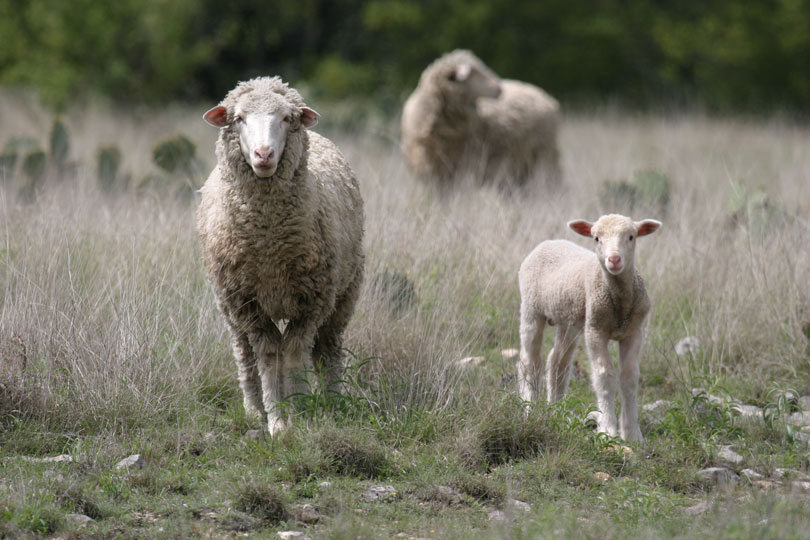By Justin Walker
Communications Specialist
The U.S. Department of Agriculture’s Animal Plant Health and Inspection Service (APHIS) announced updates to scrapie regulations and program standards last month.
APHIS made several major changes in an ongoing effort to eradicate scrapie, a transmissible spongiform encephalopathy (TSE) disease, from U.S. sheep flocks and goat herds. Scrapie affects the central nervous system in sheep and goats, eventually leading to death.
The changes include modifying the definition of a scrapie high-risk animals. Research has indicated certain genotypes within sheep are resistant to, or are less susceptible to, the disease. By amending the definition to classify these animals as minimal risk, the need to depopulate or permanently restrict their home farm is removed.
APHIS will also update identification and recordkeeping requirements for sheep and goats, providing increased animal disease traceability. Previous mandates provided traceability for certain classes of sheep and goats, but the changes will strengthen traceability for goats in particular.
Recordkeeping changes will occur for both sheep and goats. The updates will simplify, reduce or remove certain requirements, creating a more consistent and uniform approach across both species.
The final rule was published in the Federal Register on March 25 and will take effect 30 days following publication, with one exception. States are required to meet scrapie surveillance minimums to maintain consistent-state status in the program. If sampling requirements are not met by the end of fiscal year 2019, states have one year to provide APHIS with a plan to meet compliance standards.
The updates are supported by the sheep and goat industry. The American Sheep Industry Association is working with experts to provide more information on how sheep growers will be impacted by the changes.

